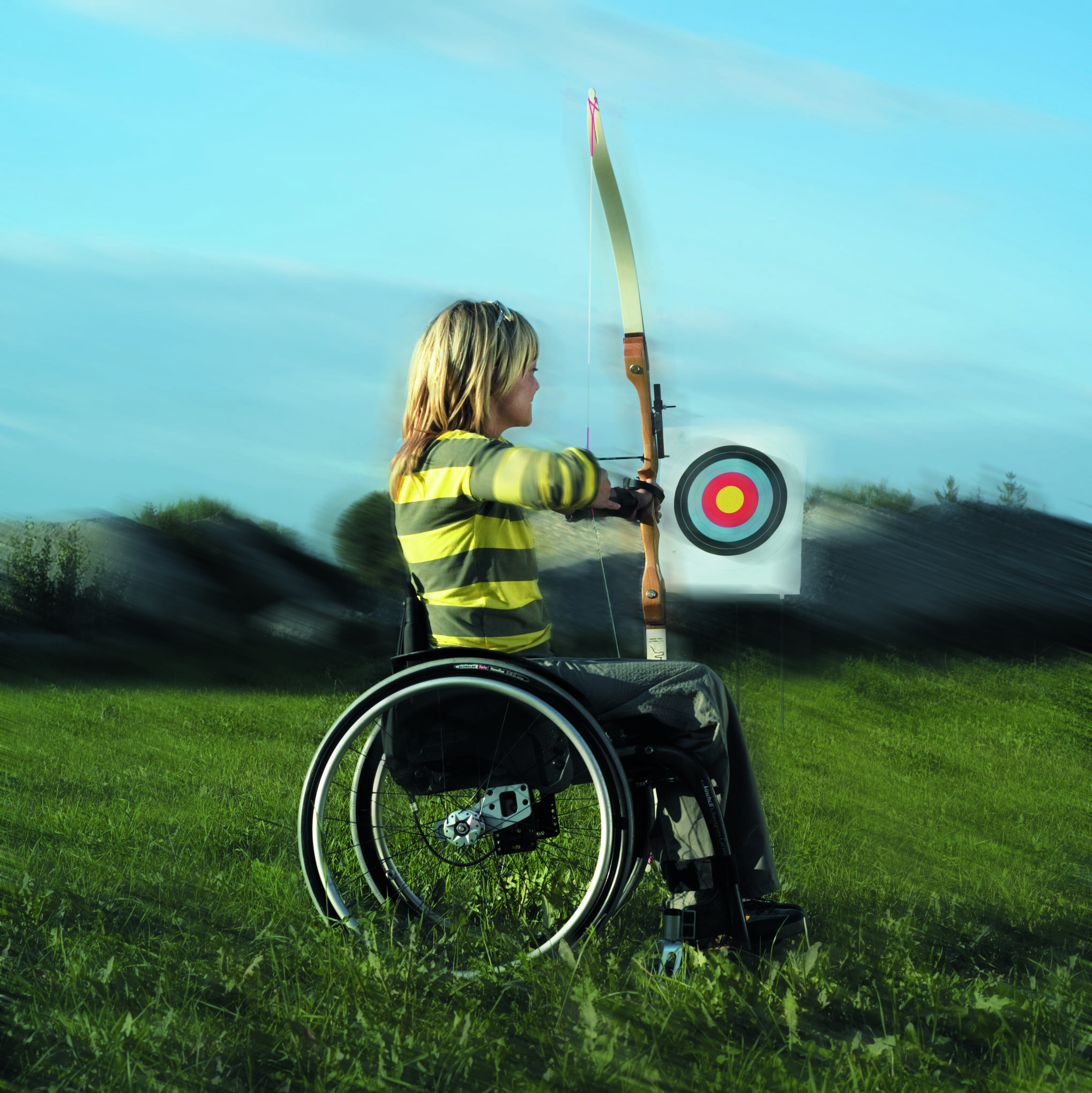For some disabled people, getting regular exercise can be a challenge. When it’s difficult to move around, or if strength, stamina or dexterity are an issue, keeping a degree of fitness can be extremely difficult. And yet we all know the myriad of health benefits that are associated with regular exercise.
Thankfully, there’s exercise equipment for disabled people that can help you. In this article, we will look at the equipment that is available to help disabled people exercise regularly, while also looking at the smart, specialist equipment that has corned the disability exercise market.
Exercise equipment for disabled people
Rolling on the inside
There are some options out there that allow wheelchair users to train their propelling muscles while indoors, like this treadmill. Users roll onto the two plates and can then self-propel, with the equipment presenting a road-like surface to push on.
The Trainer can measure your heart rate, distance travelled and speed, and can connect to your smart phone or tablet to report your progress. Unlike a traditional treadmill, it is highly portable and easy to move around.
This trainer can be used by people who are new to exercise and perhaps want to lose weight or improve their fitness, but it is also suitable for high-performing athletes who want to improve their fitness, speed and stamina.
Deluxe Resistive Pedal Exerciser
For disabled people with some leg movement or arm movement, a stationary cycle exerciser is a way to increase aerobic exercise and build fitness as well as stamina and strength.
The Deluxe Resistive Pedal Exerciser is a portable pedal exerciser that can be used by disabled people to exercise either their arms or their legs. As with traditional stationary cycling machines, the resistance can be varied to suit the user, and a screen attached to the exerciser displays the speed, distance and mileage that has been travelled, and the length of time a person has been cycling for.
Dumbbells
Dumbbells are a popular and effective way for anybody to exercise their arms and hands, and exercises can be carried out while dumbbells are held in the hands and the arms are stretched and lifted away from the body.
Many disabled people can benefit from introducing dumbbells, especially soft ones or those made from materials such as neoprene, into their exercise routine. Start with lighter pairs and build your way up to the heavier options as your fitness and strength improve.
Wrist and ankle weights
Wrist and ankle weights can be used to add extra resistance to a workout, or they can be worn during day-to-day activities to gradually build strength and increase muscle tone.
Consider getting wrist and ankle weights with secure straps so they can attach to your body without needing to be gripped, and your muscle definition and strength will increase considerably.
Therabands
If you are looking for a more gentle way to build resistance, Therabands can be bought in strips or lengths of up to 25m. Colour-coded according to the resistance they offer (with yellow being the lowest resistance and black being the highest resistance), this inexpensive tool can help a disabled person to slowly build up their strength and stamina before moving onto more substantial exercise equipment.
Wheelchair grip gloves
When considering upping your activity levels, a good pair of wheelchair gloves can help to ensure that you don’t end up with blisters on your hands along the way! Don’t skimp with this, as a really high-quality pair will make all the difference to how much activity you can safely build up to.
However you want to get fit, there are increasingly accessible ways to do it. Whether you want to wheel a couple of extra miles a week, or go all out with a hardcore trainer, consider your options and look for specialist equipment that can help you to achieve your goals.
